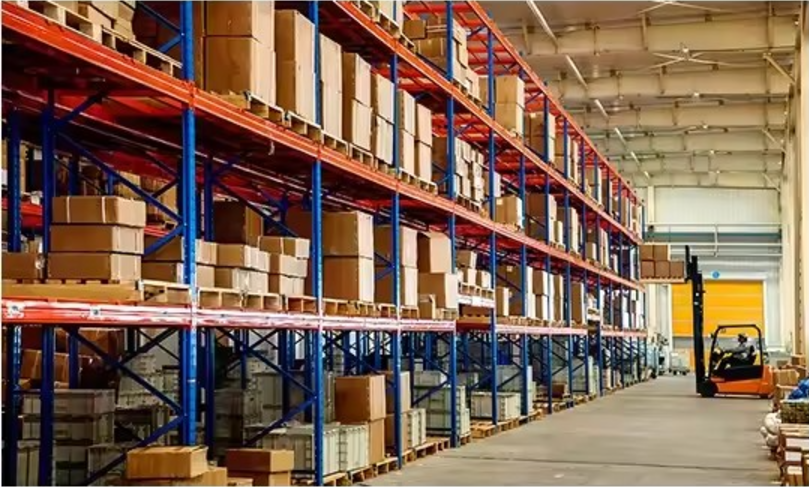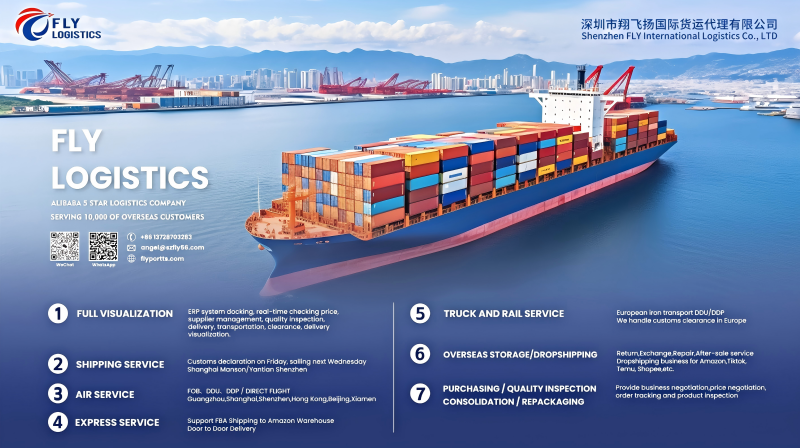According to the Los Angeles Customs Notice, the US inspection rate for Chinese goods has recently soared from the usual 5% to 70% and has focused on combating “under-reporting of goods value” and “mixed loading to avoid taxes.”
This also means that almost all Chinese goods exported to the United States may face “unpacking inspection” by customs. This change has put a lot of pressure on many foreign trade companies, and some companies even said that the detention of goods at the port will lead to order delays and cause serious losses.
Reasons behind the surge in inspection rates
- Trade frictions
Although China and the United States have signed the first phase of the economic and trade agreement, the trade frictions between the two countries have not been completely resolved. The United States hopes to limit the inflow of Chinese goods by significantly increasing the inspection rate to protect its industries and reduce the trade deficit with China.
- Combating infringements
The United States believes that there may be a large number of counterfeit and shoddy products in Chinese goods. The purpose of increasing the inspection rate is to combat counterfeit and shoddy goods, protect the intellectual property rights of American companies, and maintain market order.
- Prevent tariff evasion
Relevant data show that nearly 600,000 packages from Temu and SHEIN are shipped to the United States every day under “minimum terms” without paying any import taxes, which is a tax loss for the U.S. Customs. In order to curb the continued fermentation of this situation, the U.S. Customs has increased its inspection of low-declaration behavior.
U.S. Customs inspection situation:
Based on the market situation, the following is the recent inspection situation of U.S. Customs at various ports:
Houston: Random inspection, focusing on the value of goods and importer issues.
New York: Random inspection, focusing on the value of goods, CPS, and FDA issues.
Los Angeles: Random inspection, focusing on the value of goods and importer issues.
Auckland: Random inspection, focusing on the value of goods and importer issues, and the inspection time is postponed for about 1 week.
Detroit: Random inspection, focusing on the value of goods and importer issues.
Miami: Focusing on the value of goods, infringement, EPA, DOT issues.
Chicago: Mainly check the value of goods, CPS, FDA.
Dallas: Mainly check the value of goods, importers, EPA, CPS issues.
Seattle: The inspection station is full, and the inspection time will be postponed for about 2-3 weeks.
Atlanta/Savannah: Random inspection, focusing on the value of goods.
Norfolk: Random inspection, focusing on the value of goods.
Impact on cross-border e-commerce sellers
- Increased logistics costs
The increase in inspection rates means that more goods need to be inspected, which will lead to longer logistics times, increased storage costs, and ultimately higher logistics costs for enterprises.
- Increased risk of order delays
The extended detention time of goods at customs may result in orders not being delivered on time, affecting customer satisfaction and even facing the risk of default.
- Damage to corporate reputation
Frequent inspections and delays may affect the reputation of the company and lead to customer loss.
- Decreased export competitiveness
The increase in inspection rates increases the uncertainty of exports to the United States and may weaken the competitiveness of Chinese goods in the US market.
Faced with the increase in US tariffs, rising port fees, and inspection rates, cross-border e-commerce sellers need to quickly adjust their strategies to cope with rising costs and operational risks.
Strategies to Mitigate Challenges
To effectively address these challenges, cross-border e-commerce sellers should consider the following strategies:
Strengthen compliance measures:
- Accurate documentation: Ensure that all shipments are accompanied by accurate and complete documentation, including invoices, shipping labels, and product descriptions, to facilitate smoother customs clearance.
- Properly classify products: Use appropriate Harmonized System (HS) codes for products to prevent misclassification issues.
Leverage technology:
- Automated compliance tools: Implement software solutions to automate customs documentation and monitor regulatory changes to reduce the risk of errors.
- Real-time tracking: Monitor shipments with tracking systems to proactively manage delays.
Diversify supply chains:
- Alternative shipping routes: Explore different modes or routes of transportation that may be less susceptible to rigorous inspections.
- Local warehousing: Establish warehouses within the United States to store inventory, enabling faster order fulfillment and less frequent cross-border shipments.
Stay informed:
- Regulatory updates: Regularly monitor updates from the U.S. Customs and Border Protection (CBP) to learn about policy changes
- Industry associations: Work with industry groups that provide insights and advocacy on customs-related matters.
Customer Communication:
- Transparency: Inform customers about possible delays due to customs procedures to manage expectations.
- Flexible Policies: Offer flexible return and refund policies to maintain customer trust during uncertain times.
We can deal with the current predicament by accelerating the layout of overseas warehouses, optimizing supply chain management, expanding market channels, increasing product value, and using professional services.
Like the well-known Fly Logistics, which has been deeply involved in the field of overseas warehouses in the United States for many years, it can provide cross-border sellers with small-item drop shipping, self-pickup transit, return and exchange services, and has in-depth cooperation with major e-commerce companies such as Huawei, Saiwei, Tongtuo, and Banggu. The self-developed ERP logistics system visualizes the process from picking up to signing and can be connected to various management and e-commerce ERP systems. Make international logistics simple and standardized.
As of 2025, Fly Logistics has built a complete self-operated warehousing service system and warehousing and distribution service system to ensure that everyone’s goods can be delivered normally, making customers more worry-free and assured!





